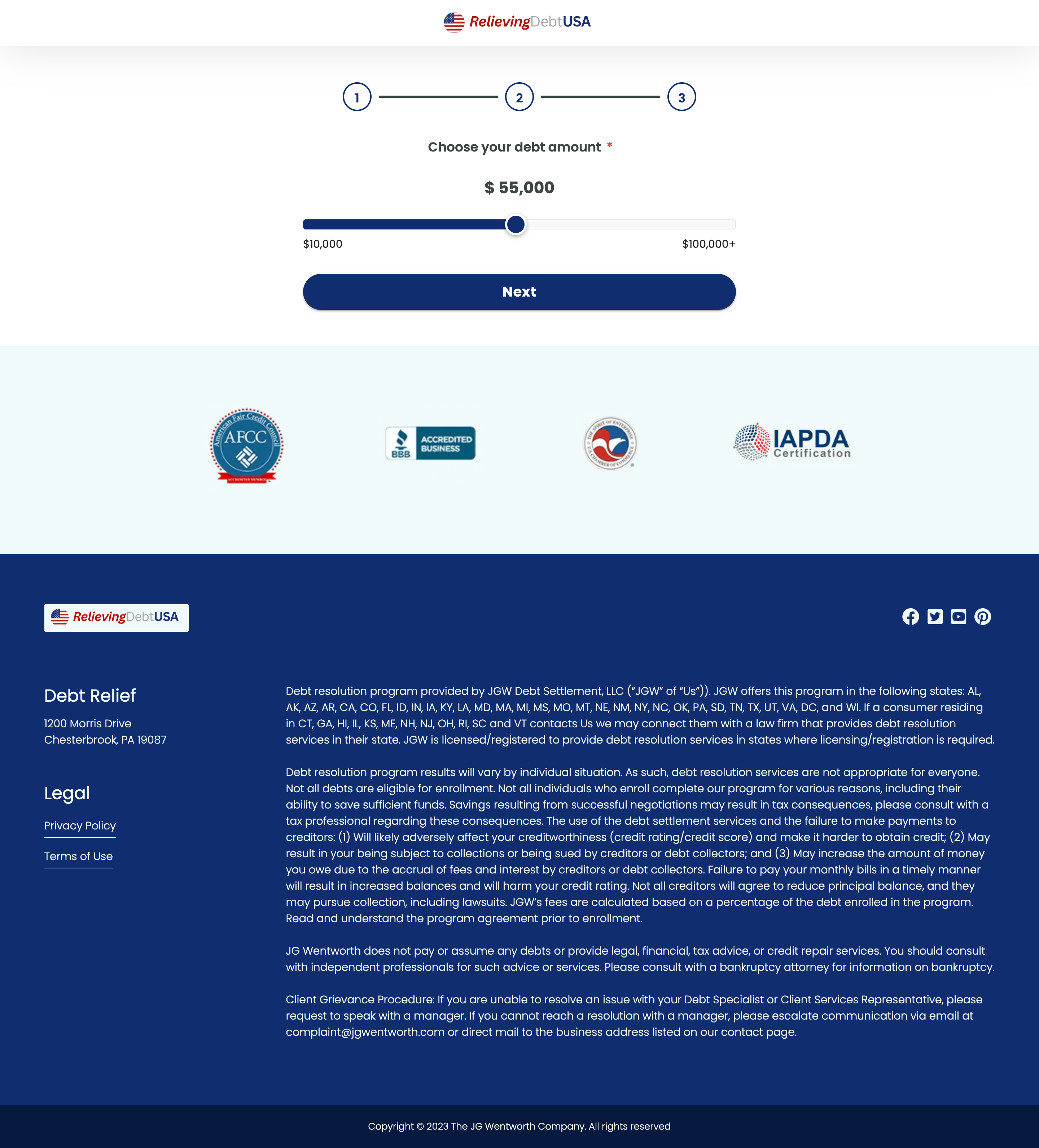Guide To Natural Language Processing
There are a wide variety of techniques and tools available for NLP, ranging from simple rule-based approaches to complex machine learning algorithms. The choice of technique will depend on factors such as the complexity of the problem, the amount of data available, and the desired level of accuracy. NLU enables computers to understand the sentiments expressed in a natural language used by humans, such as English, French or Mandarin, without the formalized syntax of computer languages.
10 Best Python Libraries for Natural Language Processing – Unite.AI
10 Best Python Libraries for Natural Language Processing.
Posted: Tue, 16 Jan 2024 08:00:00 GMT [source]
It involves the use of various techniques such as machine learning, deep learning, and statistical techniques to process written or spoken language. In this article, we will delve into the world of NLU, exploring its components, processes, and applications—as well as the benefits it offers for businesses and organizations. The Machine and Deep Learning communities have been actively pursuing Natural Language Processing (NLP) through various techniques. Some of the techniques used today have only existed for a few years but are already changing how we interact with machines. Natural language processing (NLP) is a field of research that provides us with practical ways of building systems that understand human language.
That makes it possible to do things like content analysis, machine translation, topic modeling, and question answering on a scale that would be impossible for humans. NLP powers many applications that use language, such as text translation, voice recognition, text summarization, and chatbots. You may have used some of these applications yourself, such as voice-operated GPS systems, digital assistants, speech-to-text software, and customer service bots. NLP also helps businesses improve their efficiency, productivity, and performance by simplifying complex tasks that involve language. These are the types of vague elements that frequently appear in human language and that machine learning algorithms have historically been bad at interpreting. Now, with improvements in deep learning and machine learning methods, algorithms can effectively interpret them.
The field of study that focuses on the interactions between human language and computers is called natural language processing, or NLP for short. It sits at the intersection of computer science, artificial intelligence, and computational linguistics (Wikipedia). The best part is that NLP does all the work and tasks in real-time using several algorithms, making it much more effective. It is one of those technologies that blends machine learning, deep learning, and statistical models with computational linguistic-rule-based modeling. NLP algorithms are complex mathematical formulas used to train computers to understand and process natural language.
The application of semantic analysis enables machines to understand our intentions better and respond accordingly, making them smarter than ever before. With this advanced level of comprehension, AI-driven applications can become just as capable as humans at engaging in conversations. Natural language processing is the process of enabling a computer to understand and interact with human language. Natural language processing uses computer algorithms to process the spoken or written form of communication used by humans. By identifying the root forms of words, NLP can be used to perform numerous tasks such as topic classification, intent detection, and language translation. As machine learning techniques were developed, the ability to parse language and extract meaning from it has moved from deterministic, rule-based approaches to more data-driven, statistical approaches.
Accelerating Vector Search: Using GPU-Powered Indexes with RAPIDS RAFT
Knowledge graphs help define the concepts of a language as well as the relationships between those concepts so words can be understood in context. These explicit rules and connections enable you to build explainable AI models that offer both transparency and flexibility to change. Symbolic AI uses symbols to represent knowledge and relationships between concepts. It produces more accurate results by assigning meanings to words based on context and embedded knowledge to disambiguate language. Keyword extraction is another popular NLP algorithm that helps in the extraction of a large number of targeted words and phrases from a huge set of text-based data. It is a highly demanding NLP technique where the algorithm summarizes a text briefly and that too in a fluent manner.
Using NLU, voice assistants can recognize spoken instructions and take action based on those instructions. For example, a user might say, “Hey Siri, schedule a meeting for 2 pm with John Smith.” The voice assistant would use NLU to understand the command and then access the user’s calendar to schedule the meeting. Similarly, a user could say, “Alexa, send an email to my boss.” Alexa would use NLU to understand the request and then compose and send the email on the user’s behalf. Another challenge that NLU faces is syntax level ambiguity, where the meaning of a sentence could be dependent on the arrangement of words.
It is a quick process as summarization helps in extracting all the valuable information without going through each word. Latent Dirichlet Allocation is a popular choice when it comes to using the best technique for topic modeling. It is an unsupervised ML algorithm and helps in accumulating and organizing archives of a large amount of data which is not possible by human annotation.
So far, this language may seem rather abstract if one isn’t used to mathematical language. However, when dealing with tabular data, data professionals have already been exposed to this type of data structure with spreadsheet programs and relational databases. Overall, NLP is a rapidly evolving field that has the potential to revolutionize the way we interact with computers and the world around us. Keep these factors in mind when choosing an NLP algorithm for your data and you’ll be sure to choose the right one for your needs. The HMM approach is very popular due to the fact it is domain independent and language independent.
By allowing machines to comprehend human language, NLU enables chatbots and virtual assistants to interact with customers more naturally, providing a seamless and satisfying experience. Natural Language Understanding (NLU) refers to the ability of a machine to interpret and generate human language. However, NLU systems face numerous challenges while processing natural language inputs.
It’s also possible to use natural language processing to create virtual agents who respond intelligently to user queries without requiring any programming knowledge on the part of the developer. This offers many advantages including reducing the development time required for complex tasks and increasing accuracy across different languages and dialects. Semantic analysis refers to the process of understanding or interpreting the meaning of words and sentences. This involves analyzing how a sentence is structured and its context to determine what it actually means. The development of artificial intelligence has resulted in advancements in language processing such as grammar induction and the ability to rewrite rules without the need for handwritten ones.
If you have a large amount of text data, for example, you’ll want to use an algorithm that is designed specifically for working with text data. RNN is a recurrent neural network which is a type of artificial neural network that uses sequential data or time series data. TF-IDF stands for Term Frequency-Inverse Document Frequency and is a numerical statistic that is used to measure how important a word is to a document. Infuse powerful natural language AI into commercial applications with a containerized library designed to empower IBM partners with greater flexibility.
natural language processing (NLP)
Common devices and platforms where NLU is used to communicate with users include smartphones, home assistants, and chatbots. These systems can perform tasks such as scheduling appointments, answering customer support inquiries, or providing helpful information in a conversational format. Natural Language Understanding is a crucial component of modern-day technology, enabling machines to understand human language and communicate effectively with users. In summary, NLU is critical to the success of AI-driven applications, as it enables machines to understand and interact with humans in a more natural and intuitive way. By unlocking the insights in unstructured text and driving intelligent actions through natural language understanding, NLU can help businesses deliver better customer experiences and drive efficiency gains.
For example, a computer can use NLG to automatically generate news articles based on data about an event. It could also produce sales letters about specific products based on their attributes. If you have a very large dataset, or if your data is very complex, you’ll want to use an algorithm that is able to handle that complexity.
However, in a relatively short time ― and fueled by research and developments in linguistics, computer science, and machine learning ― NLP has become one of the most promising and fastest-growing fields within AI. Businesses use these capabilities to create engaging customer experiences while also being able to understand how people natural language understanding algorithms interact with them. With this knowledge, companies can design more personalized interactions with their target audiences. Using natural language processing allows businesses to quickly analyze large amounts of data at once which makes it easier for them to gain valuable insights into what resonates most with their customers.
For example, NLU can be used to segment customers into different groups based on their interests and preferences. This allows marketers to target their campaigns more precisely and make sure their messages get to the right people. Even your website’s search can be improved with NLU, as it can understand customer queries and provide more accurate search results.
NLP is concerned with how computers are programmed to process language and facilitate “natural” back-and-forth communication between computers and humans. Named entity recognition/extraction aims to extract entities such as people, places, organizations from text. This is useful for applications such as information retrieval, question answering and summarization, among other areas.
Machine Learning and Deep Learning
An example close to home is Sprout’s multilingual sentiment analysis capability that enables customers to get brand insights from social listening in multiple languages. NLP techniques are employed for tasks such as natural language understanding (NLU), natural language generation (NLG), machine translation, speech recognition, sentiment analysis, and more. Natural language processing systems make it easier for developers to build advanced applications such as chatbots or voice assistant systems that interact with users using NLP technology. However, true understanding of natural language is challenging due to the complexity and nuance of human communication.
Social listening provides a wealth of data you can harness to get up close and personal with your target audience. However, qualitative data can be difficult to quantify and discern contextually. NLP overcomes this hurdle by digging into social media conversations and feedback loops to quantify audience opinions and give you data-driven insights that can have a huge impact on your business strategies. Named entity recognition (NER) identifies and classifies named entities (words or phrases) in text data. These named entities refer to people, brands, locations, dates, quantities and other predefined categories. There are many open-source libraries designed to work with natural language processing.
You can foun additiona information about ai customer service and artificial intelligence and NLP. To understand how, here is a breakdown of key steps involved in the process. According to The State of Social Media Report ™ 2023, 96% of leaders believe AI and ML tools significantly improve decision-making processes. Now that you’ve gained some insight into the basics of NLP and its current applications in business, you may be wondering how to put NLP into practice. Predictive text, autocorrect, and autocomplete have become so accurate in word processing programs, like MS Word and Google Docs, that they can make us feel like we need to go back to grammar school.
Step 4: Select an algorithm
This article will overview the different types of nearly related techniques that deal with text analytics. Along with all the techniques, NLP algorithms utilize natural language principles to make the inputs better understandable for the machine. They are responsible for assisting the machine to understand the context value of a given input; otherwise, the machine won’t be able to carry out the request. And with the introduction of NLP algorithms, the technology became a crucial part of Artificial Intelligence (AI) to help streamline unstructured data. You can use the Scikit-learn library in Python, which offers a variety of algorithms and tools for natural language processing.
While we might earn commissions, which help us to research and write, this never affects our product reviews and recommendations. It is also considered one of the most beginner-friendly programming languages which makes it ideal for beginners to learn NLP. You can refer to the list of algorithms we discussed earlier for more information. Key features or words that will help determine sentiment are extracted from the text. This is the first step in the process, where the text is broken down into individual words or “tokens”. Sentiment analysis is the process of classifying text into categories of positive, negative, or neutral sentiment.
Natural Language Generation (NLG) is a subfield of NLP designed to build computer systems or applications that can automatically produce all kinds of texts in natural language by using a semantic representation as input. Some of the applications of NLG are question answering and text summarization. Imagine you’ve just released a new product and want to detect your customers’ initial reactions. By tracking sentiment analysis, you can spot these negative comments right away and respond immediately.
The last place that may come to mind that utilizes NLU is in customer service AI assistants. Additionally, NLU establishes a data structure specifying relationships between phrases and words. While humans can do this naturally in conversation, machines need these analyses to understand what humans mean in different texts. While NLP analyzes and comprehends the text in a document, NLU makes it possible to communicate with a computer using natural language. Although natural language understanding (NLU), natural language processing (NLP), and natural language generation (NLG) are similar topics, they are each distinct.
Over 80% of Fortune 500 companies use natural language processing (NLP) to extract text and unstructured data value. Named entity recognition is often treated as text classification, where given a set of documents, one needs to classify them such as person names or organization names. There are several classifiers available, but the simplest is the k-nearest neighbor algorithm (kNN). Sentiment analysis is one way that computers can understand the intent behind what you are saying or writing. Sentiment analysis is technique companies use to determine if their customers have positive feelings about their product or service. Still, it can also be used to understand better how people feel about politics, healthcare, or any other area where people have strong feelings about different issues.
This course gives you complete coverage of NLP with its 11.5 hours of on-demand video and 5 articles. In addition, you will learn about vector-building techniques and preprocessing of text data for NLP. This course by Udemy is highly rated by learners and meticulously created by Lazy Programmer Inc.
ChatGPT: How does this NLP algorithm work? – DataScientest
ChatGPT: How does this NLP algorithm work?.
Posted: Mon, 13 Nov 2023 08:00:00 GMT [source]
Though it has its challenges, NLP is expected to become more accurate with more sophisticated models, more accessible and more relevant in numerous industries. NLP will continue to be an important part of both industry and everyday life. Indeed, companies have already started integrating such tools into their workflows. Another popular application of NLU is chat bots, also known as dialogue agents, who make our interaction with computers more human-like.
This enables machines to produce more accurate and appropriate responses during interactions. Deep-learning models take as input a word embedding and, at each time state, return the probability distribution of the next word as the probability for every word in the dictionary. Pre-trained language models learn the structure of a particular language by processing a large corpus, such as Wikipedia. For instance, BERT has been fine-tuned for tasks ranging from fact-checking to writing headlines. Now, businesses can easily integrate AI into their operations with Akkio’s no-code AI for NLU.
Though natural language processing tasks are closely intertwined, they can be subdivided into categories for convenience. Neural machine translation, based on then-newly-invented sequence-to-sequence transformations, made obsolete the intermediate steps, such as word alignment, previously necessary for statistical machine translation. A major drawback of statistical methods is that they require elaborate feature engineering. Since 2015,[22] the statistical approach was replaced by the neural networks approach, using word embeddings to capture semantic properties of words. The challenge is that the human speech mechanism is difficult to replicate using computers because of the complexity of the process. It involves several steps such as acoustic analysis, feature extraction and language modeling.
- Learn how to write AI prompts to support NLU and get best results from AI generative tools.
- The data is processed in such a way that it points out all the features in the input text and makes it suitable for computer algorithms.
- SVM is a supervised machine learning algorithm that can be used for classification or regression tasks.
- On a single thread, it’s possible to write the algorithm to create the vocabulary and hashes the tokens in a single pass.
- Natural Language Processing is a branch of artificial intelligence that uses machine learning algorithms to help computers understand natural human language.
In other words, NLP is a modern technology or mechanism that is utilized by machines to understand, analyze, and interpret human language. It gives machines the ability to understand texts and the spoken language of humans. With NLP, machines can perform translation, speech recognition, summarization, topic segmentation, and many other tasks on behalf of developers. The use of NLP techniques helps AI and machine learning systems perform their duties with greater accuracy and speed. This enables AI applications to reach new heights in terms of capabilities while making them easier for humans to interact with on a daily basis.
Natural language processing and powerful machine learning algorithms (often multiple used in collaboration) are improving, and bringing order to the chaos of human language, right down to concepts like sarcasm. We are also starting to see new trends in NLP, so we can expect NLP to revolutionize the way humans and technology collaborate in the near future and beyond. Many natural language processing tasks involve syntactic and semantic analysis, used to break down human language into machine-readable chunks. Natural language processing algorithms must often deal with ambiguity and subtleties in human language.
Basically, the data processing stage prepares the data in a form that the machine can understand. Like humans have brains for processing all the inputs, computers utilize a specialized program that helps them process the input to an understandable output. NLP operates in two phases during the conversion, where one is data processing and the other one is algorithm development. Human languages are difficult to understand for machines, as it involves a lot of acronyms, different meanings, sub-meanings, grammatical rules, context, slang, and many other aspects. Put in simple terms, these algorithms are like dictionaries that allow machines to make sense of what people are saying without having to understand the intricacies of human language.






